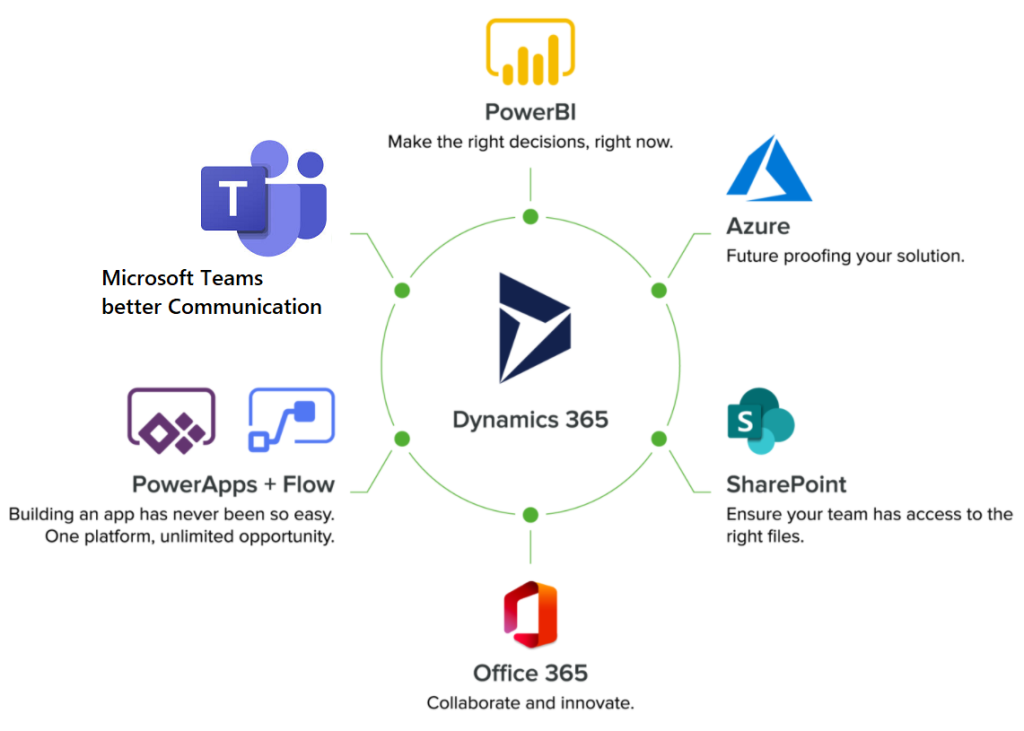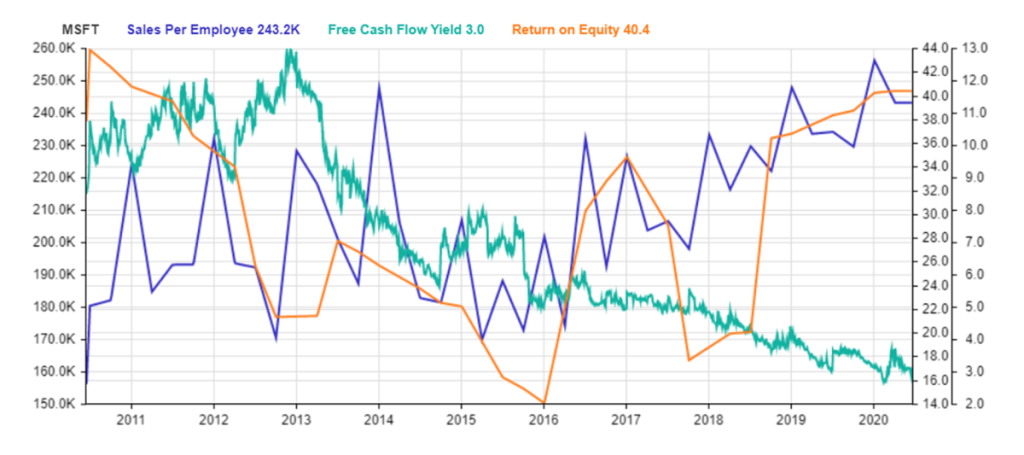In the whirlwind world of technology, change doesn't just knock on your door; it often breaks it down. For tech businesses, riding this wave of constant change isn't just a sport—it's a survival strategy. This is where business agility comes into play, acting as the surfboard that keeps companies afloat and ahead of the wave.
It's not just about being fast; it's about being smart, responsive, and, most importantly, proactive. A McKinsey & Company study sheds light on this: agile businesses are 2.5 times more likely to be at the front of the pack. And if you think that's impressive, the Project Management Institute reports that agile companies see a 75% success rate in their strategic initiatives. In contrast, their less agile counterparts lag behind at 56%.
Case Study - Real-Life Agility Champions
Let's zoom in on a real-life example that epitomizes tech business agility: the remarkable transformation of a globally renowned software company, which transitioned from being primarily a software vendor to a leader in cloud computing services.
- The Background
This company, a household name in the software industry, built its empire on operating systems and office software. However, the tech landscape began to shift dramatically with the rise of cloud computing. This shift presented a crossroads: either evolve or risk obsolescence.

- The Agile Pivot
In an audacious move, the company pivoted towards cloud services. This was more than a change in product offerings; it was a fundamental shift in business strategy and company culture. They transitioned from selling one-time software packages to offering scalable, cloud-based solutions through a subscription model.
- Analysis of the Transformation
- Market Insight: The company recognized the growing demand for cloud services. They saw that businesses were moving away from traditional on-premises software to more flexible, scalable cloud solutions.
- Customer-Centric Approach: By adopting a customer-first mindset, they started focusing on what their users truly needed: flexibility, scalability, and security in a rapidly evolving digital landscape.
- Cultural Shift: This transition wasn't just technological; it required a cultural shift within the company. They moved from a know-it-all to a learn-it-all culture, encouraging innovation and a willingness to take calculated risks.
- Investing in Technology: The company heavily invested in building robust cloud infrastructure, leveraging AI, and enhancing cybersecurity, ensuring that their cloud services were not only cutting-edge but also secure and reliable.
- Strategic Partnerships: Recognizing the power of collaboration, they formed strategic partnerships with other tech giants, expanding their reach and integrating their cloud services with a broader range of products and services.

Takeaways? The Agility Playbook
So, how do tech businesses transform into agility all-stars? Here are the winning plays:
- Leadership with a Twist: It's about leaders who don't just direct but inspire and empower. It's not just about setting goals and delegating tasks; it's about creating an environment where innovation thrives. These leaders are more like mentors and facilitators, guiding their teams through uncertainties and encouraging creative problem-solving. They foster a culture where failure is not frowned upon but seen as a stepping stone to innovation.
- The Customer Compass: Keeping an ear to the ground and an eye on the horizon. Customer feedback isn't just heard; it's the guiding star for every decision. This approach involves continuously monitoring and analyzing customer interactions, market trends, and feedback to shape product development and service offerings.

- Tech as a Superpower: AI, and machine learning—these aren't just buzzwords; they're the tools that carve the path forward. These tools offer invaluable insights into market trends, customer behavior, and operational efficiencies.
- Agile, Not Fragile: Embracing agile methodologies isn't just a strategy; it's a mindset. It's about being nimble, flexible, and ready for anything.
- Empower to Elevate: In agile organizations, employees are empowered to take ownership of their work. This empowerment fosters an innovative environment where team members feel valued and are encouraged to contribute ideas. When employees are given the reins to innovate, they turn challenges into opportunities.
So?
In the tech world, agility is the name of the game. It's about harnessing the power of change and using it to propel forward. As the technology landscape continues to evolve at breakneck speed, those who embrace agility will not just survive; they will thrive, shape, and redefine the industry.

